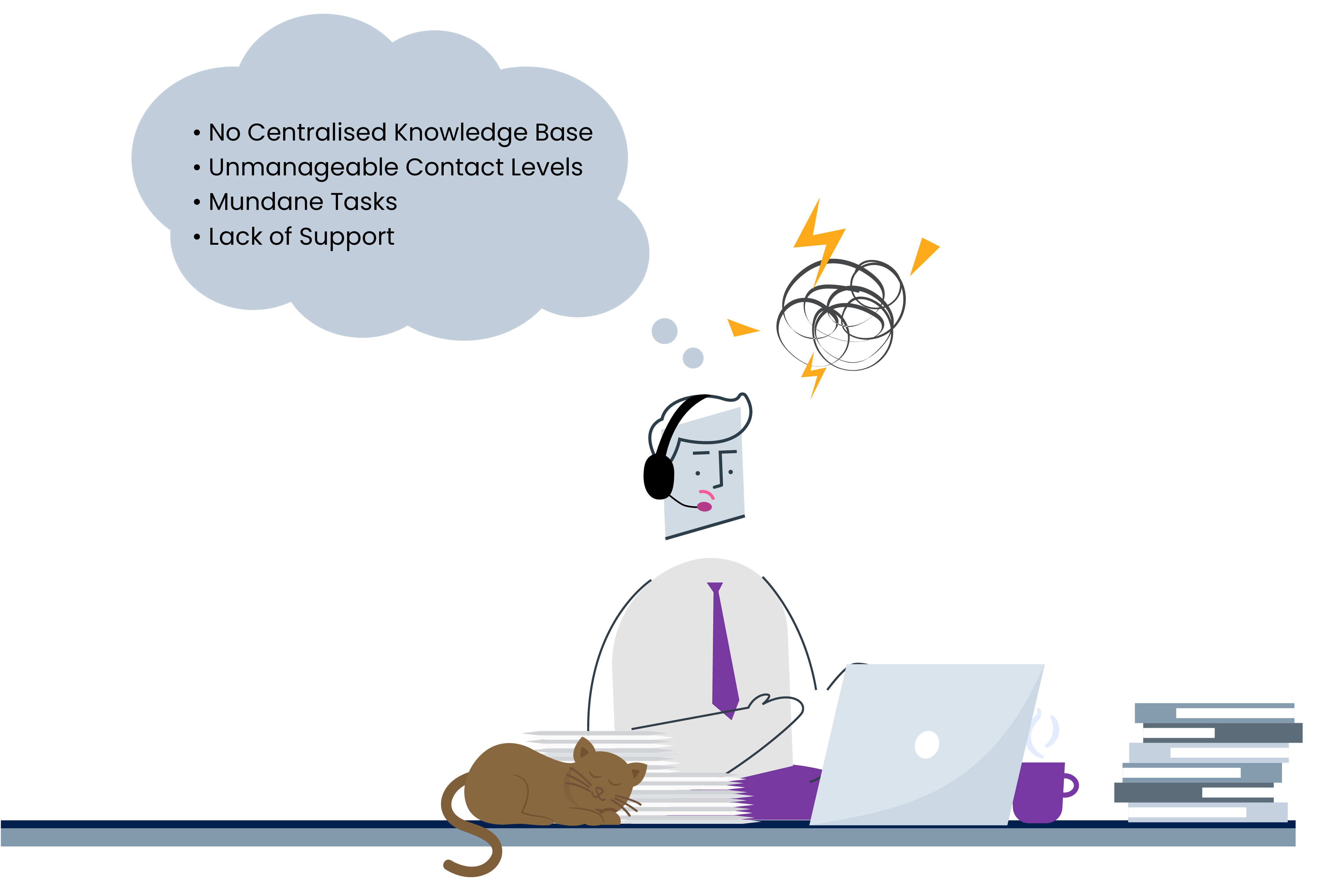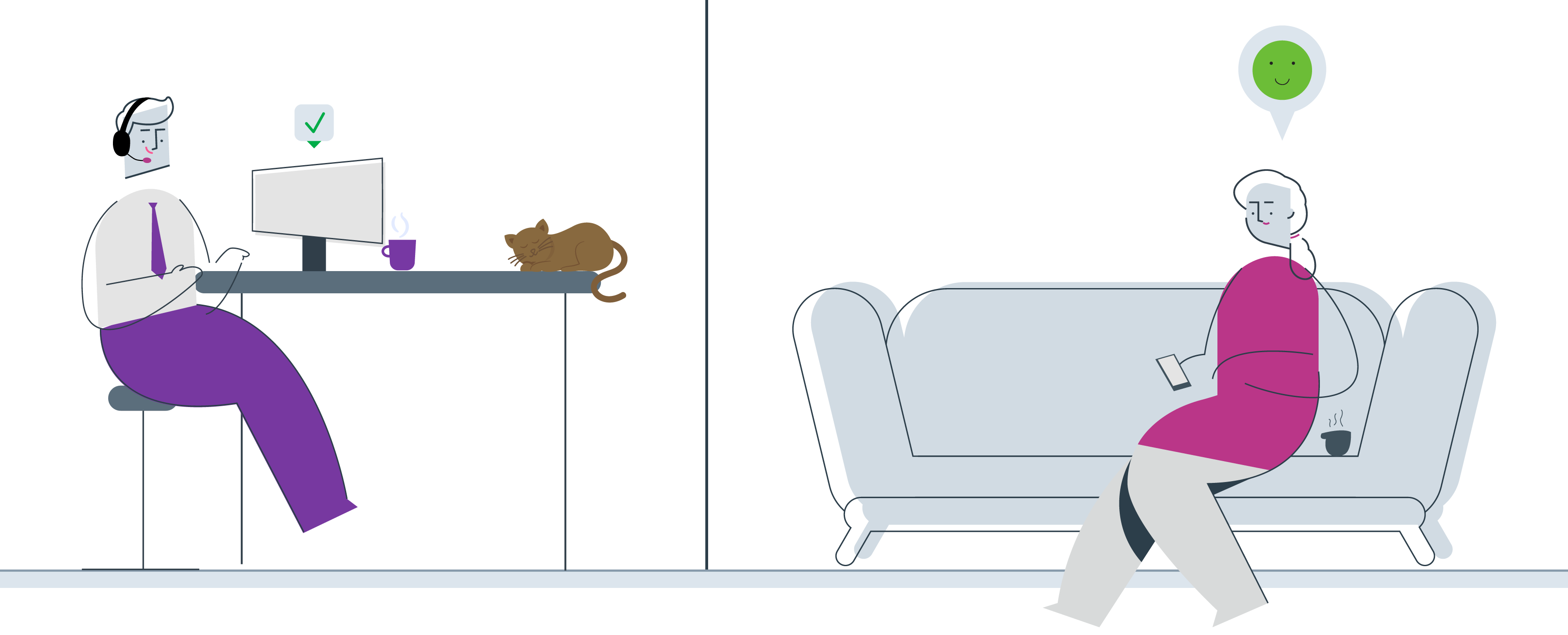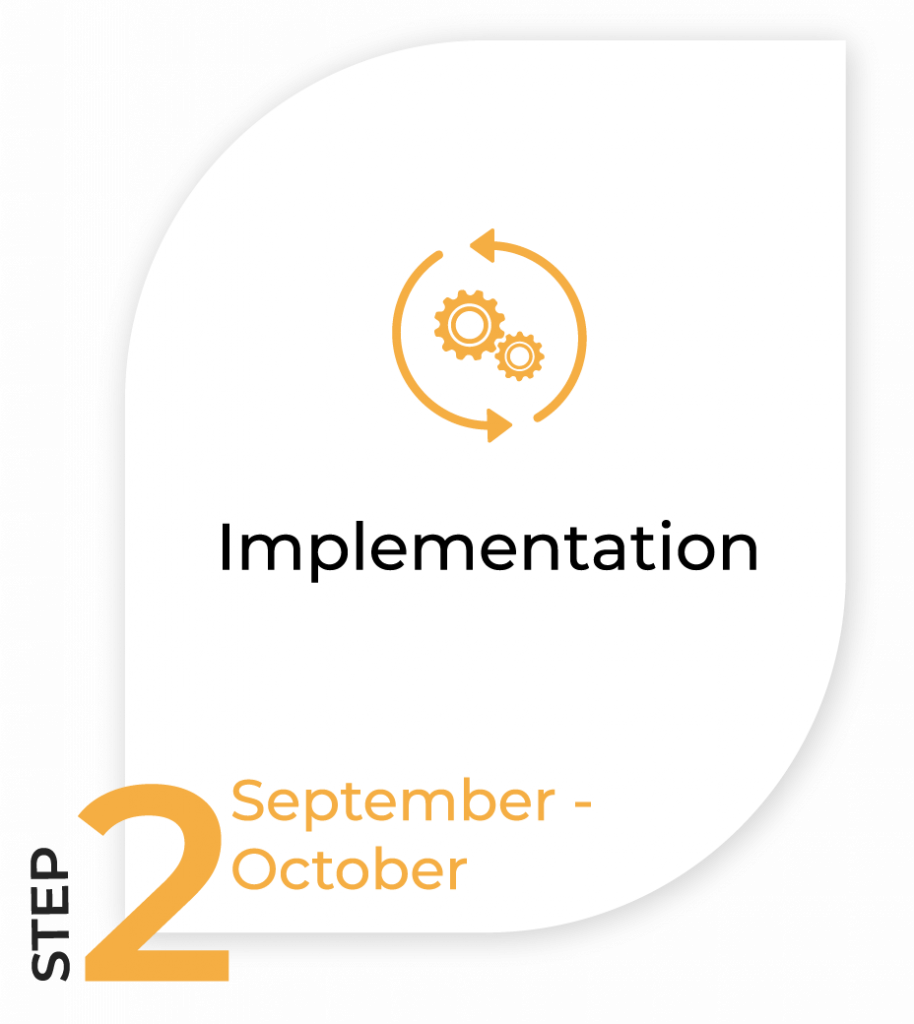Post-Pandemic: Will CX Ever Be the Same?
The pandemic has impacted the way in which every business operates. As the only line of communication between companies and their customers, online CX in particular has never been more vital. Here, we discuss what CX will look like post-pandemic, and if it will ever be the same.
The Impact of Covid-19 Had On CX
When COVID-19 became a pandemic during 2020, the nation was told to stay at home, which involved working from home, ordering groceries online and communicating with companies digitally.
Nipping to the shops for a ‘non-essential’ item or popping into the building society were no longer options. This led to drastic and accelerated changes in customer behaviour fuelled by uncertainty. Companies experienced huge influxes of contact, on average a 20% increase, although some businesses, including supermarkets and on-demand groceries saw up to 130% increase in contact volumes.
Unprepared for the sudden crisis, companies, who now had far fewer opportunities for face-to-face, in-store experiences with customers had to adapt fast.
Not only were agents, like the rest of the world, adjusting to working from home conditions, but a surge in contact meant that companies had to employ many more agents to keep up with the volumes. Training and upskilling were major obstacles that companies faced as a result of the pandemic.

Companies that did not offer digital contact channels adopted them quickly in order to satisfy the surge in contact volume reaching contact centres, deflecting queries that could be automated, but also to cater to generation groups that were not accustomed to online experiences. Many companies had to reconsider their entire CX offering during 2020 as a direct result of COVID-19.
Forecasting the State of Post-Pandemic CX
We can’t predict the future, however, if 2020 has taught us anything it is that being prepared, agile and adaptable is fundamental in terms of survival and growth.
This of course relies on knowing whether things will stick or revert to pre-pandemic CX. We have drawn a number of conclusions as to how CX will look for both your team and customers post-pandemic.
What Does It Mean for Your Team?
A significant change driven by the pandemic that has affected most of the population includes the way in which we work, with millions of us advised to work from home when possible. Whether we like it or lump it, these changes – to a certain degree – are likely permanent.
Albeit some initial scepticism, both companies and employees began seeing the benefits of working from home. A survey of just under 1,000 firms by the Institute of Directors (IoD) shows that 74% plan on maintaining the increase in home working.
The same survey found that 50 of the biggest UK employers had no plans to return all staff to the office full-time in the near future.
As the backbone of CX, it is important that your customer service teams and agents are fully supported in their working environment, whether that be working from home, flexi-working or in the contact centre – when this is possible. This includes their WFH conditions, wellbeing and tools you provide.
Whether your agents and highly experienced or in training, they need cloud-based, reliable and intuitive tools that make fulfilling their jobs simple.
What Does It Mean for Your Customers?
Customer behaviour has rapidly evolved throughout the pandemic, with CX stakes high and companies responding to new customer demands, a faultless, smooth and successful online customer experience is a minimum expectation.
Many have become accustomed to online grocery shopping, digital appointments and virtual meetings. For many sectors digital is the now new norm; with the likes of pioneer retailers such as Topshop being purchased by online retail giant ASOS – will the convenience of buying online stick?
According to one study half of customers say that customer experience is more important to them now compared to a year ago.
With a rapidly accelerated digital timeline and expectations for far greater online experiences, companies must be able to keep up with demand, providing customers with smooth, efficient and successful journeys on every session.
How to Meet Post-Pandemic CX Demands

Equip Agents with Agile, Intuitive CX Software
Agility is key in times of uncertainly. We can never be sure when a crisis will hit, so being able to adapt fast is fundamental.
Ensure that the software you choose to support your agents includes:
- An integrated knowledge base – built on AI, this helps agents find answers to queries fast, without having to switch windows and worry about handling times.
- AI-predictive suggestions – the integrated knowledge base suggests relevant articles based on what is being entered, on each keypress. Agents simply click to copy.
- Live Chat with efficiency-boosting features – live keypress feed gives agents a preview of what the user is typing before they’ve hit send.
- User-friendly interface – ideal for remote or flexi-working, the agent interface must be customisable and intuitive.
- Natural Language Processing – AI interprets users’ search intent, providing agents with the most relevant answers. This provides experienced agents with confidence whilst reducing training times for starters.
- Agent scripting – decision trees help new employees become seasoned experts with easy-to-follow processes.
During the pandemic, 68% of agents felt overwhelmed , companies must be proactive and equip them with knowledge tools that give them confidence.
Provide Customers with The Online Tools for Optimal CX
As CX becomes a major area of investment – with 63% of CX managers prioritising it more than during 2019 – it’s important that companies get their tools right.
Consider CX software that:
- Offers a range of AI-powered self-service options – harnessing Natural Language Processing makes finding that critical piece of information easy for customers.
- Include a customer service chatbot – not only is this great for engagement, guiding customers to their destination, but a chatbot can contribute to lead and revenue generation.
- Maps key customer journeys – decision tree technology lets you determine customer journeys based on the options they choose.
- Facilitates smooth experiences – self-service channels that seamlessly escalate to live chat or other agent-assisted channels when complex queries need dealing with.
Final Thoughts
Whilst we cannot be sure what post-pandemic CX will look like exactly, we know that it is likely that remote working is here to stay. We know that CX is more important than ever and that companies are responding to this. In order to satisfy your employees, operations and customers, it is paramount that the software you choose is capable of supporting flexi-working and excellent CX.
To find out more about CX software that includes what we have discussed in this article, please get in touch with Synthetix.






